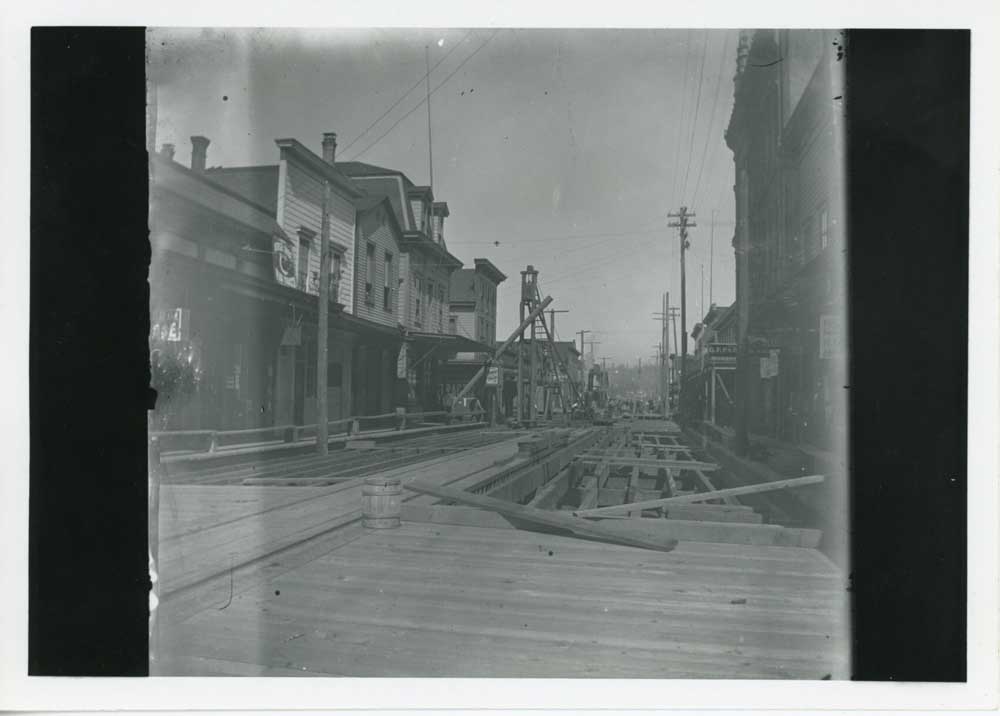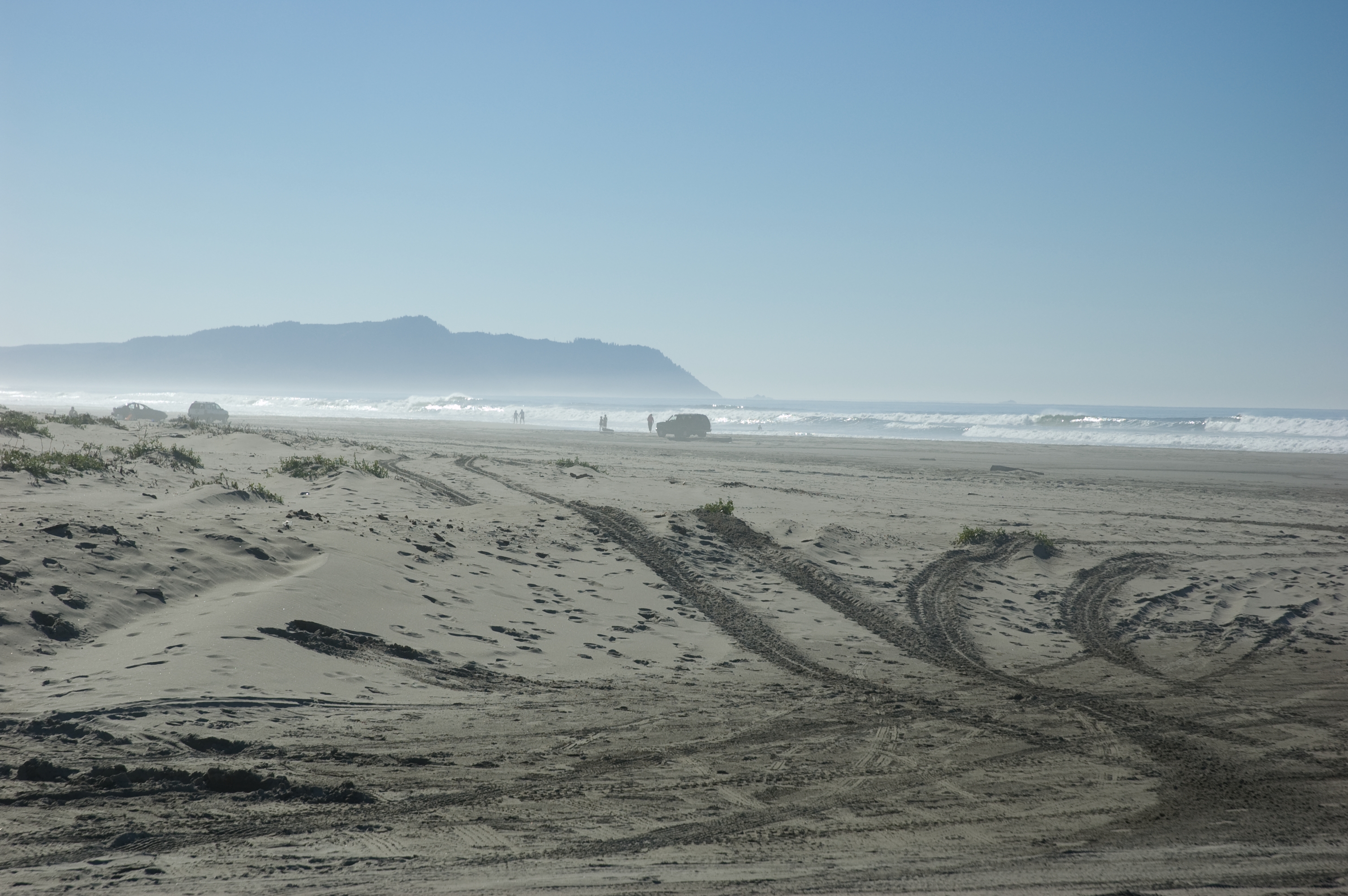Weekend Break: Astoria’s forgotten fire
Published 3:00 pm Friday, July 9, 2021

- This photo circa 1896 shows the wooden pilings that made Astoria susceptible to fire.
Around this time almost 140 years ago, Astoria faced one of the more devastating fires in its history. Mostly forgotten today, what was known as the “Big Fire” took out a significant chunk of the city’s waterfront district.
On July 2, 1883, a sawmill on 14th Street caught fire. The fire spread quickly along the dock and burned businesses on Commercial Street between 14th and 17th streets.
Part of what contributed to the destruction was the fact that downtown Astoria was built almost entirely on wooden pilings.
When Astoria was expanding in the 1870s and 1880s, storefronts and homes were put up as quickly as possible. The area’s steep hills made it difficult to easily build its downtown. The solution at the time was to build outward on the water on top of pilings.
Unfortunately, this design only lent fuel to the flames as people worked frantically to put them out. Without a seasoned fire suppression system, it took time for bucket brigades to put out the fires burning on the tops of the buildings. A pump boat also sprayed water from the Columbia River.
Eventually, the flames spread to the Oregon Railway and Navigation Co. dock. Thousands of cans of salmon were stacked there, waiting to be shipped out. Locals reported hearing cans of salmon popping open all through the night as the juices inside them came to a boil and the salmon cooked inside their cans.
Business owners in the area began frantically putting their wares on the street in an attempt to save them from burning buildings. There also were people who took advantage of this chaos. Looters stole cases of liquor that saloons had set outside, knowing that the few policemen in town were occupied with the fire.
After the flames died down, a furious group of vigilante Astorians decided to bring the looters to justice. They kidnapped one of the thieves’ leaders and took him to an isolated field in the dead of night. They offered him a choice: he could either be whipped and leave Astoria for good or be hanged.
Not surprisingly, he took the whipping and left for Portland the next day. The city then began the process of rebuilding.
Thankfully, 1883 was a very good year for Astoria’s canning industry. The salmon season had reached its peak and the canneries processed a reported $3 million worth of salmon that year. This meant there was plenty of money to invest in rebuilding the waterfront.
The problem with the rebuild was that locals repeated the same wooden piling design they had before. There is some debate over whether this was because using pilings was cheaper than an alternative or because the city was focused on rebuilding quickly and didn’t account for long-term investments. It’s likely both explanations have some truth to them.
This miscalculation was like a ticking time bomb for the even more infamous “Great Fire” in December 1922. Like the incident nearly 40 years later, though, the fire of 1883 was an early example of Astorians’ resourcefulness and determination in the face of disaster.









